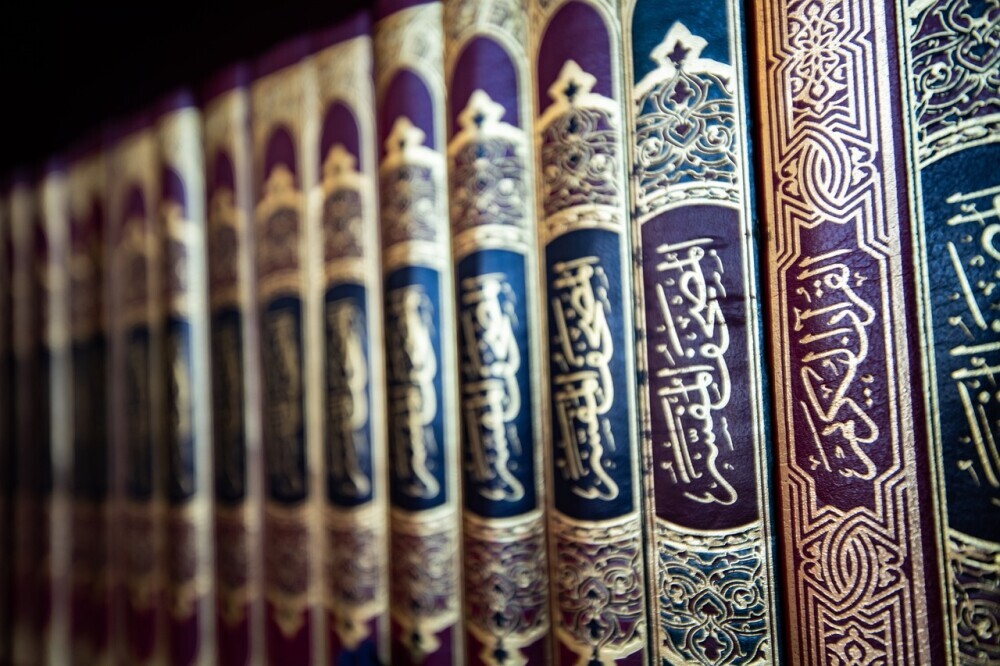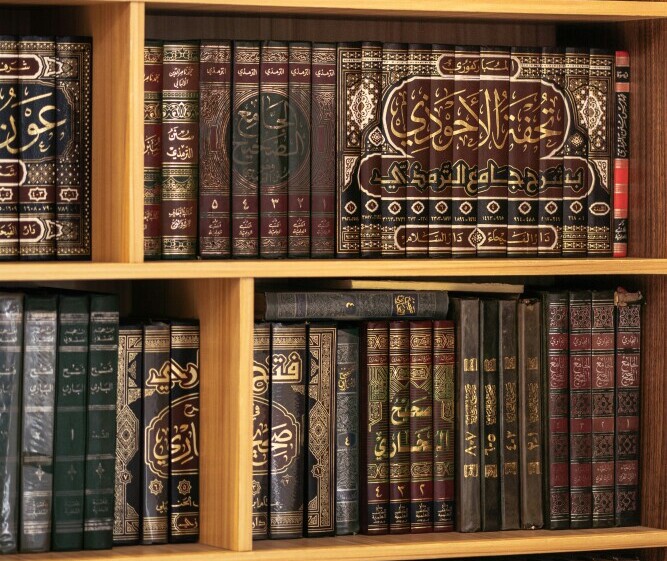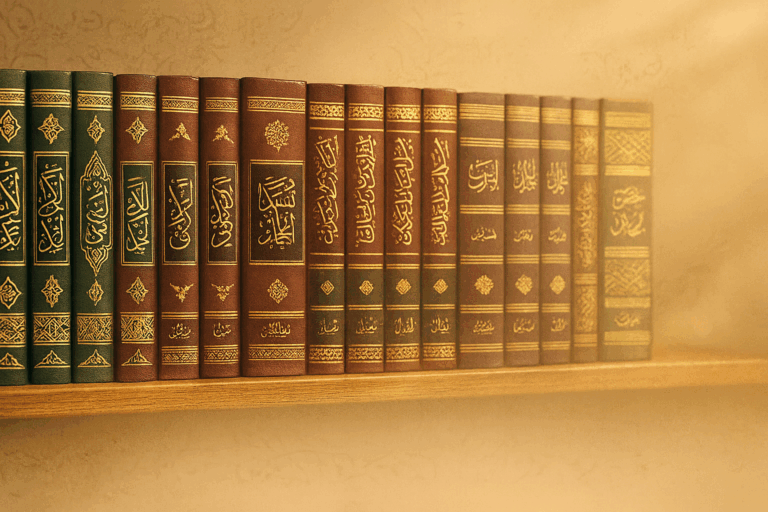Authenticity In Hadith: How Scholars Determine Reliable Narrations

Gaining an understanding of Hadith is crucial for appreciating its significant role in Islamic tradition. Hadith refers to the recorded sayings, actions, and approvals of the Prophet Muhammad (PBUH), serving as a guiding light alongside the Quran. Think of it as the blueprint for ethical and moral conduct.
When it comes to Hadith, authenticity is crucial. Why? It dictates the reliability of these narrations. With countless teachings and instructions attributed to the Prophet, figuring out which ones are genuine shapes how Islamic laws and teachings are applied today. Ensuring accuracy helps preserve centuries of wisdom.
Some key lingo you’ll bump into includes ‘Sahih’ (authentic) and ‘Da’if’ (weak). These terms aren’t just academic—they’re crucial in classifying the strength of Hadith. Scholars rely on this terminology to rank narrations based on their authenticity levels, offering a structured way to sift through historical wisdom.
Historical Context: Transmission and Compilation
In the very earliest days of Islam, Hadith were passed through word of mouth among the Prophet’s companions. Recording began almost immediately to ensure these teachings survived intact. The oral tradition was strong, with many memorizing the sayings by heart. But human memory can be fickle, and stories might shift and blur across generations.
As the message of Islam spread widely, challenges emerged. The main concern was maintaining purity and accuracy during oral transmissions. With various tribes and communities interpreting teachings, variations began to pop up.
This led to a pivotal role for the early Islamic leaders and scholars who recognized the importance of compiling these sayings. Prompted by the need to safeguard against fabrications, these figures embarked on meticulous documentation processes. Their efforts laid the groundwork for the systematic science of Hadith we see today.
Criteria for Assessing Hadith Authenticity
Scholars meticulously evaluate the authenticity of Hadith. The science of Hadith, known as Ilm al-Hadith, is a comprehensive field dedicated to doing just that. This isn’t just leafing through old texts; it’s a thorough investigation into both the tellers and the tales.
The Sanad, or chain of narrators, is critical here. Think of it as the Hadith’s family tree. Each person in this chain needs to be trustworthy, reliable, and known for strong memory. Scholars scrutinize every link in this chain to ensure the Hadith’s journey through history remained pure.
But a solid Sanad isn’t enough if the Matn, or the Hadith’s actual content, doesn’t hold up. The text must be consistent with established texts, devoid of contradictions, and align with the moral and ethical teachings of Islam.
Integrity and preciseness of the narrators, known as ‘Adl and Dabt, are pillars of this scrutiny. A narrator with integrity can be trusted not to add their spin to the narration, while precision ensures the words stay as close as possible to the original.
All this meticulous effort might sound picky, but it’s crucial. By adhering to these criteria, scholars strive to maintain the integrity of Hadith, which ultimately steers the moral compass for millions worldwide.
The Methodologies of Classical Scholars
Hadith scholarship shines brightest when you look at how classical scholars tackled authenticity. Each developed distinct methodologies, forming the backbone of Hadith science today. Take Imam Al-Bukhari, for example. His collection, Sahih al-Bukhari, is revered for its rigorous criteria. He accepted narration only when the chain of narrators was unbroken and each individual was known for impeccable character and memory.
Then there’s Imam Muslim, another giant in this field. His approach was much like Al-Bukhari’s, but with slight nuances. While he shared many of the same standards, he sometimes accepted narrations if they were backed by corroborative evidence from other Hadith, reflecting a subtle flexibility without sacrificing integrity.
These scholars didn’t just classify Hadith as authentic or not; they developed nuanced categories such as Hasan (good) and Da’if (weak), giving us a spectrum of reliability. This fine-tuning recognises that not all Hadith are equally significant, facilitating a more flexible application of Islamic teachings.
Look at some of their debates over particular Hadith. One might call a narration weak due to a minor break in the chain, while another might accept it if it seems otherwise reliable. These case studies highlight the dynamic and intellectual rigor they applied to their work.
The methodologies of these scholars continue to influence modern Islamic studies, illustrating their timeless insight. By understanding their approaches, we stand on their shoulders, seeing further into the rich tapestry of Islamic history and teachings.

Impact and Challenges in Modern Scholarship
In today’s fast-paced world, the work of Hadith scholars remains vital. As modern scholars interpret historical methodologies, they face the challenge of keeping traditional rigor while embracing current realities. Technologies like online databases and digital tools have become invaluable, speeding up research while offering new ways to cross-check and corroborate findings.
A major hurdle today is the sheer volume of fabricated Hadith circulating online. With misinformation easily spread, scholars play a crucial role in verifying the authenticity of narrations before they’re taken at face value. This requires an ongoing commitment to education, ensuring communities recognize and understand authentic teachings.
While modern technology aids research, it also comes with its set of challenges. Dependence on digital sources can sometimes lead to overlooking the nuance and context that classical texts provide. Scholars must balance leveraging these new tools with maintaining a connection to the rich, historical context inherent in traditional practices.
By marrying classical techniques with modern innovations, the field continues to evolve. This preserves the integrity of Hadith and ensures that Islamic teachings stay relevant in guiding everyday life, no matter the era. Understanding Hadith may be a complex journey, but this blend of old and new keeps the tradition alive and thriving.
Learning about authenticity through both historical and modern lenses unveils a tapestry of effort dedicated to preserving what matters. It’s not just about understanding the teachings—it’s about respecting and perpetuating the rich legacy they’ve built over centuries.


